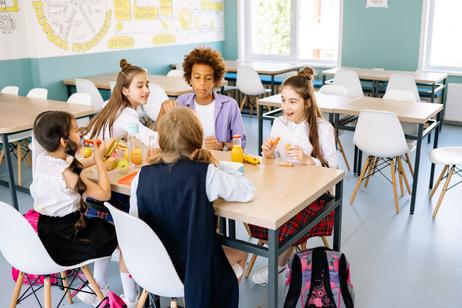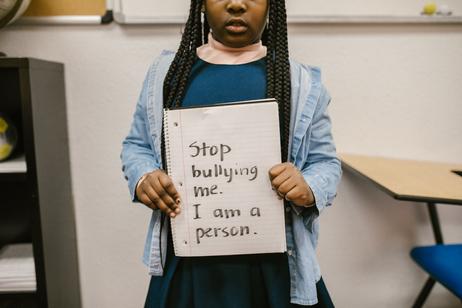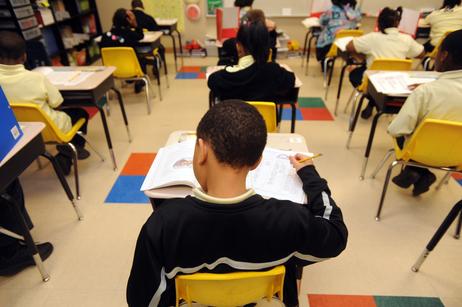When parents send their children to school, most worry about whether their children will like their teachers or succeed in their classes. Few are concerned about the potential of cancer-causing elements like PCBs lurking in or around their children's school grounds.
Alas, recent assessments of New York schools have raised some troubling findings that indeed have parents concerned about their children's exposure to these potentially harmful elements during school hours.
Study Uncovers Disturbing Findings
According to a report at the New York Times, a pilot study into the presence and potential risks of PCBs was conducted in New York City school buildings. In the first three schools examined, elevated levels of the compounds were discovered. Remediation work on the schools and surrounding areas has already begun, and the city's Department of Education has stated that all three schools are on schedule to open to students on September 8.
The Formation of the PCB Task Force
However, the assurance does little to calm the concerns of parents who send their children to schools in the city. One parent of a student at French Hill Elementary School in Yorktown Heights, Dr. Daniel Lefkowitz, discovered hazardous levels of PCBs around a window and in the soil around the school in 2004. His findings resulted in a major cleanup of French Hill Elementary that amounted to a total bill of more than $300,000.
The discovery also launched the beginnings of a PCB Task Force that calls






















